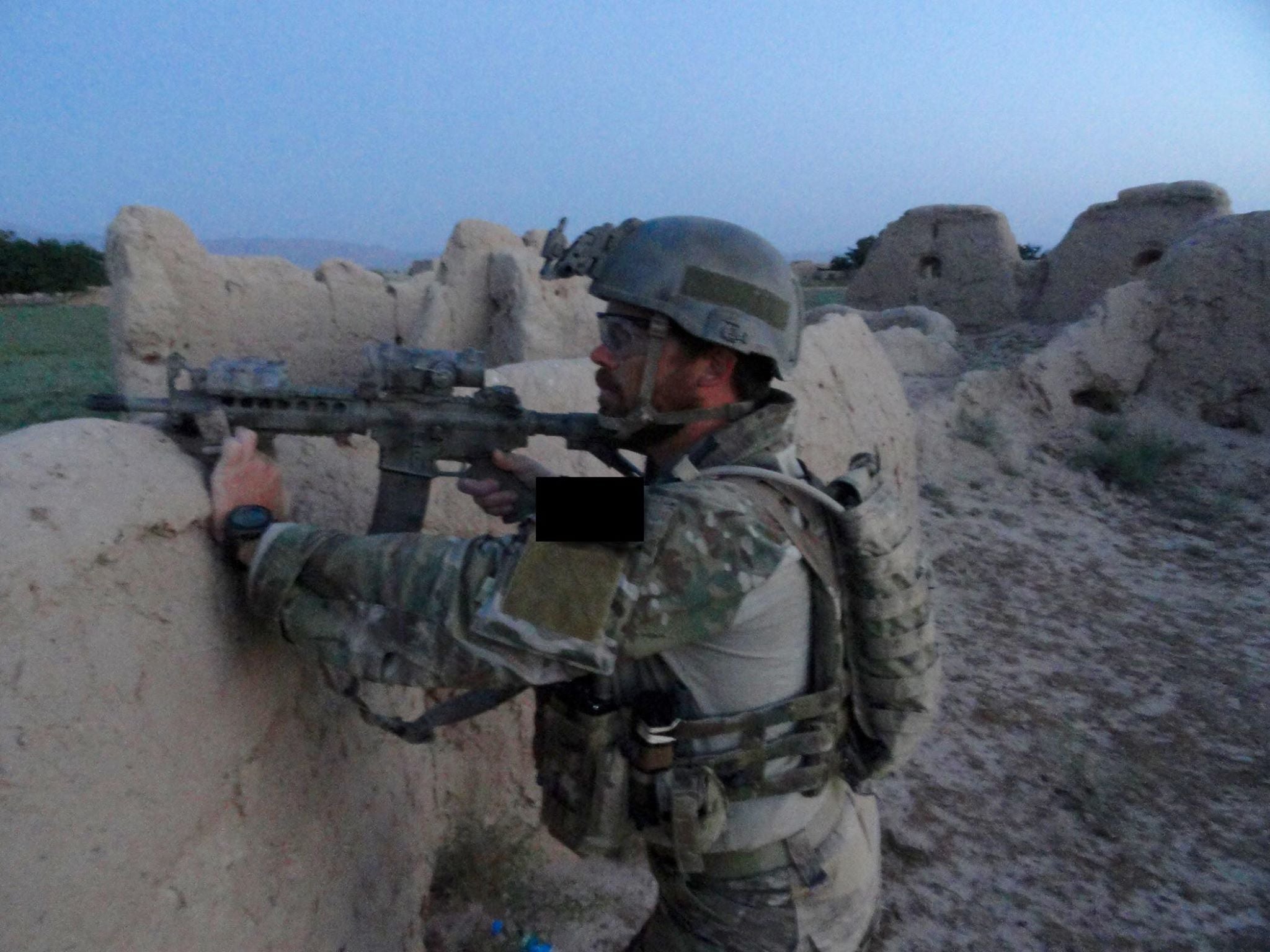Late season camping can be just as comfortable as any other time of the year with proper preparation and quality gear. Preplanning meals and fuel situations will go a long way in maintaining comfort throughout the trip. The benefit is keeping a camp close to nearly anywhere you choose to hunt or fish. The following are a few pics and tips from a mule deer hunt this fall.
Day 1
We generally hunt by reaching good vantage points and using optics to scan the country for movement. Even though most activity takes place early and late in the day, with the rut approaching we were planning on sticking it out all day long.

Day 2
Fresh snow on the ground and about 10 degrees Fahrenheit out. We hit the bottom and following the drainage out to camp. Early enough in the year that it was still a bit muddy, still easier than all the up and down taking a straight shot. Lightweight, floorless shelters have increased in popularity lately. The floorless design allows the user to run a stove safely, utilizing available wood to keep warm, dry clothing, and even cook if desired.
Day 3
The final day we hunted that weekend was spent filling a couple doe tags. While the skies had brightened up a bit, wind chills were still only slightly above 0* at dawn. Even in that type of weather, the air inside the tent will warm considerably from the sun w/o a stove.
Late Season Tips
- Have food prepared ahead of time so it can be eaten or cooked as is when you pull it out of the package. Getting back to the tent after dark in the cold is bad enough, getting some food going is a quick way to settle in comfortably.
- Have a decent supply of firewood available, having to collect wood and get a fire going when you reach camp just plain sucks, make sure you have enough so you can get in and warmed up, eat, hang out for at least a while before needing to collect more.
- Wear the correct clothing. Nothing is best 100% of the time. Use what will benefit you for the activity at hand. Merino wool will keep you warm when wet and resist odor, however it takes some time to get it dried out if it does get wet. Synthetics will dry out very quickly but don’t have the good thermal properties when wet, they also do not resist odor well when out for even a few days at a time.
- Tight boots are cold boots. In rough terrain like the pictures above, it’s nice to have the stability of good, tight boots. When you stop to glass, sometimes for hours, it is a good idea to untie your boots and keep them very loose, the extra air space will keep your feet considerably warmer.
- In late season, puffy jackets are a must. Easy to stow away when packing, just as easy to pull out and layer up when stopped.
- Breathable rain gear will keep you drier from the inside out. It’s considerably more expensive, but allows body condensation to escape. All rain gear is an excellent windbreak when layering up.
- A single layer tent will collect condensation. It is one of the things you deal with. Running a stove inside the tent, not only warms it, but will remove the condensation fairly well in most situations.
- Leaving snow on your tent, instead of knocking it off will add to the insulation qualities of your shelter. Loose snow, grass, or dirt kicked around the bottom of the tent will reduce drafts.
- Keep a flame going inside your stove, letting it smolder out will probably fill the inside of your tent with smoke as you lose your draft. Hot coals will burn out ok.
- My own, anecdotal advice…”The cold makes you tough”.
Sean Senske (@bangincans) is an avid outdoorsman and SOFLETE athlete who is an amazing example of the conservationism exhibited by those hunters who value nature and celebrate a more humane method of harvesting their own food.










Leave a comment
This site is protected by hCaptcha and the hCaptcha Privacy Policy and Terms of Service apply.